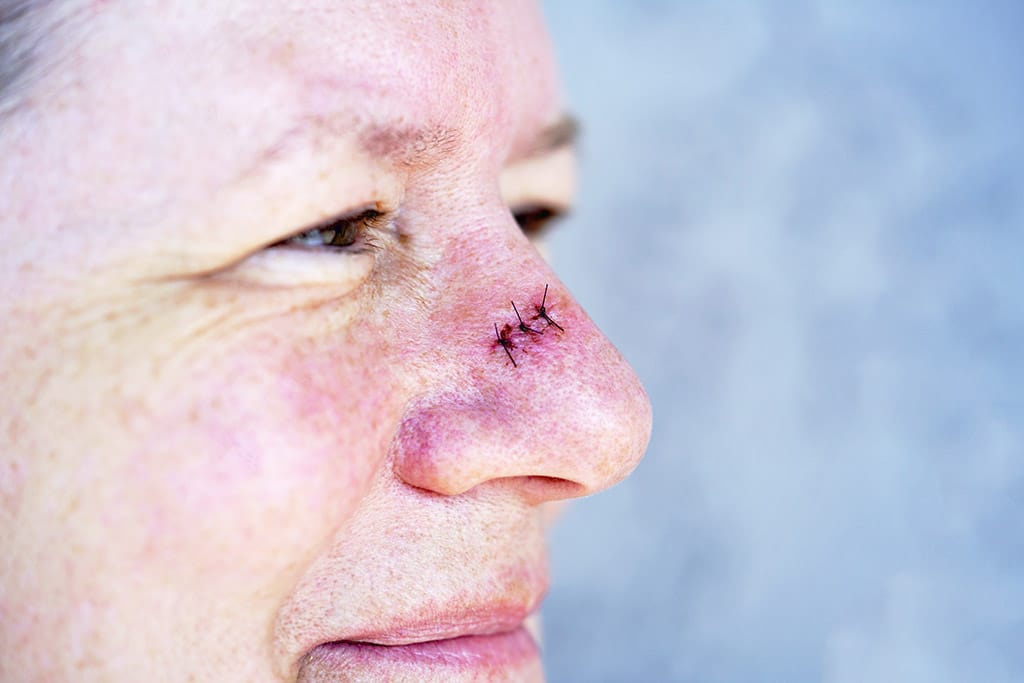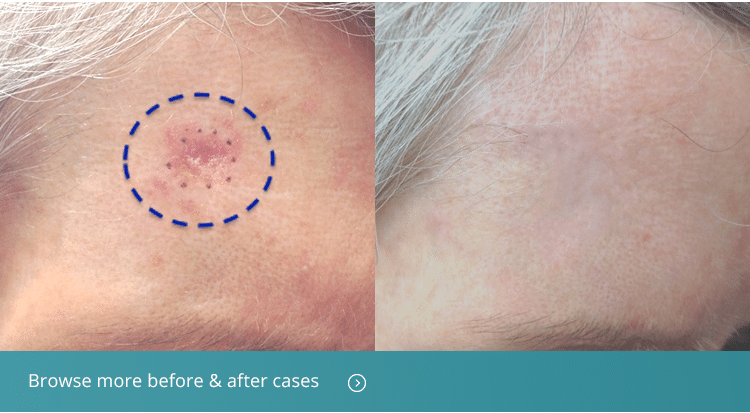
Fellowship Trained Mohs Surgeons
Moy, Fincher, Chipps Dermatology & Facial Plastics is one of the national leaders in Mohs Micrographic Surgery. All of our exceptional cosmetic surgeons are fellowship trained and recognized by the American College of Mohs Surgery. This distinction is unique and is awarded through an extremely competitive review and selection process.
Mohs micrographic surgery is a highly specialized technique used to completely remove skin cancers with the highest cure rates. It was developed by Dr. Frederic Mohs in the 1930s and has been modernized over time. Through direct microscopic examination and specialized marking techniques, Mohs surgery removes only cancerous areas, and preserves as much healthy skin as possible. This minimizes scarring and is especially useful when treating skin cancers on the face, neck, ears, and hands.






